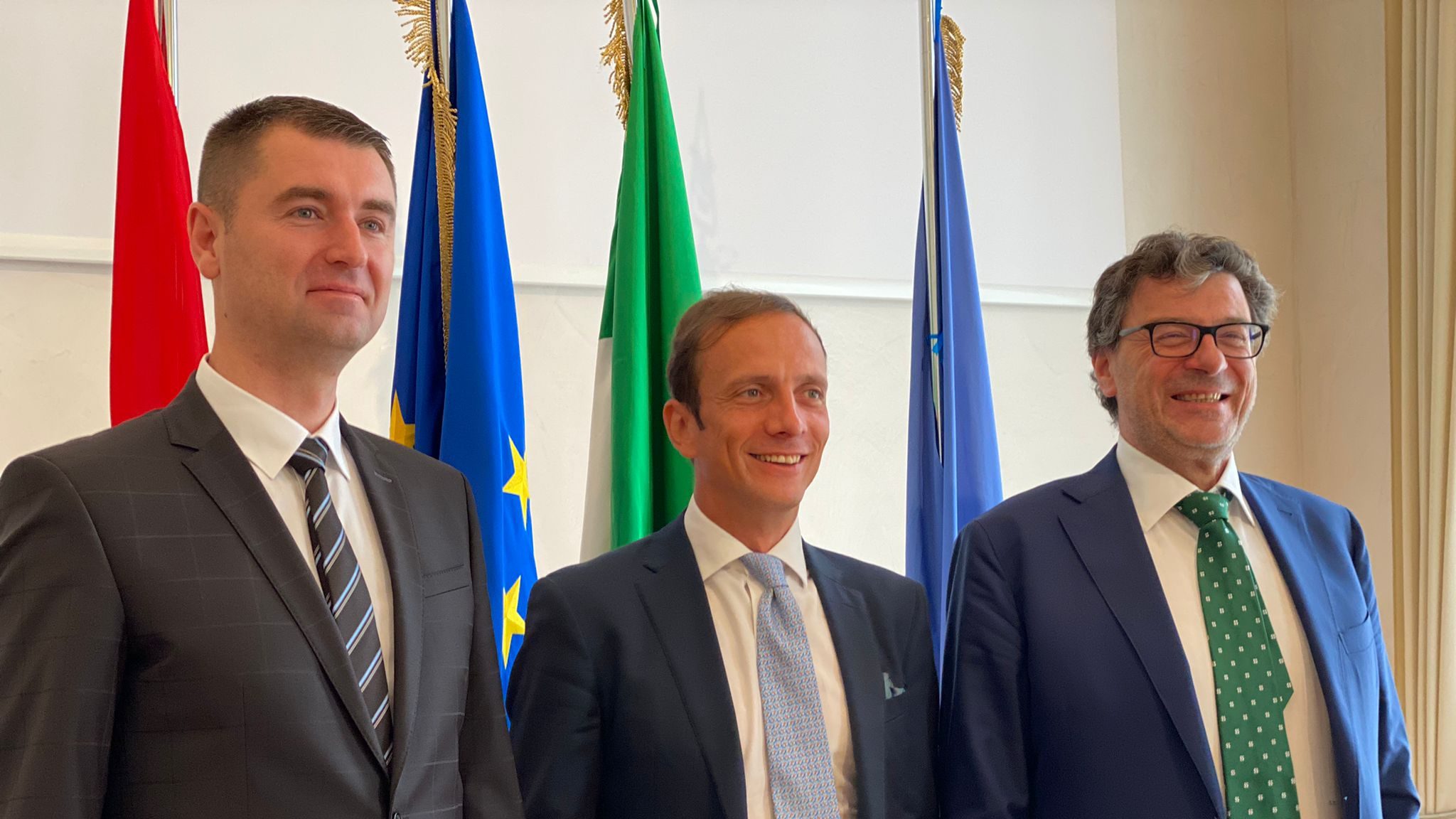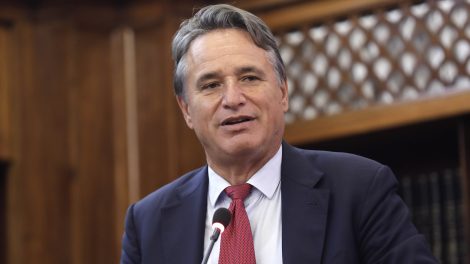Italy and Croatia discuss energy. On Monday, the Italian Minister for Economic Development, Giancarlo Giorgetti, met in Trieste with the Croatian Minister for Economy and Sustainable Development, Davor Filipovic. Along with them was regional governor Massimiliano Fedriga.
- The discussion centred on energy issues (especially relating to the consequences of Putin’s war in Ukraine) the ecological transition, and how to cooperate in diversifying away from Russian gas.
Did someone say hydrogen? “In an era of high energy and commodity prices, coupled with an inefficient energy system, making green hydrogen a global trade commodity is a fundamental prerequisite to accelerate the transition towards a more sustainable system based on renewables,” said Francesco La Camera, IRENA Director-General, last week.
- According to IRENA, H2 can help mitigate 10% of the global energy emissions by 2050 and reach 12% of final energy demand. As much as a quarter of it may be supplied through global trade.
We’re definitely not there yet… Green hydrogen is produced from water via electrolysis, a process which must rely on clean energy to earn its decarbonised credentials. Therefore, producing it will require loads of green energy – not to mention the distribution infrastructure.
… but some are working towards it. As it happens, Croatia, Italy (through the Friuli-Venezia Giulia Region) and Slovenia have already launched a one-of-a-kind development project, which aims to build Europe’s first “Hydrogen Valley” in the Northern Adriatic region.
- Following the meeting, Mr Giorgetti called hydrogen “the future of energy” and touted its usefulness in decarbonising hard-to-abate sectors (such as metallurgy and heavy transportation).
- “I have always advocated technological neutrality, which [Italy is] investing heavily in. I think staking everything on going electric is a mistake.”
- He also added that Fincantieri, the leading Italian shipbuilder, is already working on hydrogen-propelled ships.
The Mediterranean connection. Several European countries have mobilised billions to take the lead in the H2 race. But some are best suited, due to their position, to leverage the natural features of non-EU Mediterranean countries by investing locally in clean power and acting as hubs for the rest of Europe.
- On Tuesday, Foreign Vice Minister Marina Sereni stressed that “Italy can become an ‘energy bridge’ for Africa’s sustainable transition, thanks to the large presence of our private sector and our commitment, regionally as well as globally, to the essential issue of energy access.” She cited green hydrogen as a key enabler.
It’s convenient. In its latest report, IRENA employed geospatial analysis to estimate the potential for green hydrogen production, accounting for solar and wind resources as well as other factors. Researches found that even accounting for water scarcity, the economic potential of MENA countries far exceeds future local demand.
- This creates the conditions for the development of an industry that’s mutually beneficial: source countries can sell clean power or ready-made green hydrogen via gateway countries in the Med.





